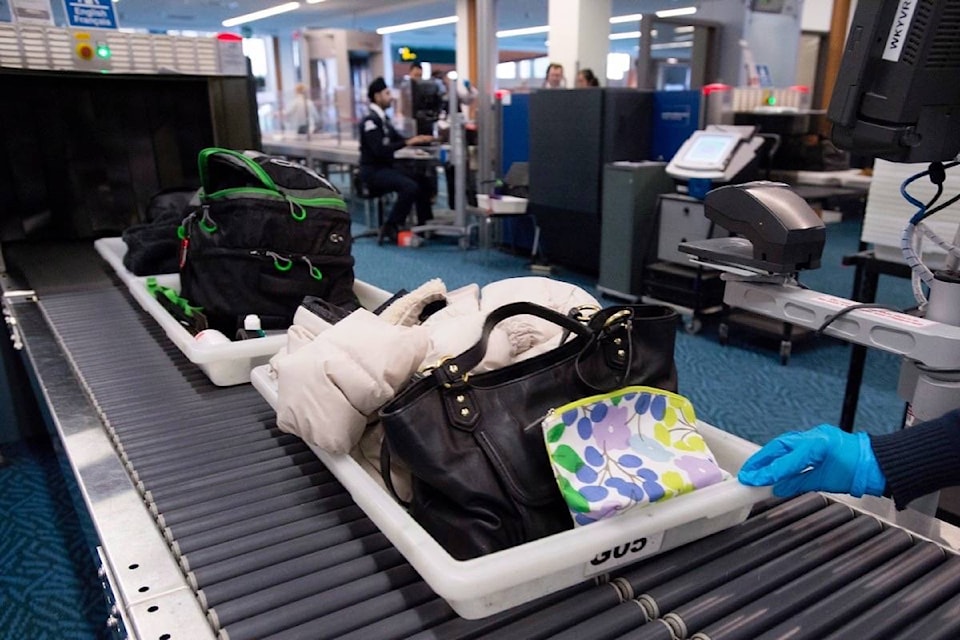Canadian security officials have turned to their U.S. counterparts for advice on revamping Ottawa’s troublesome no-fly list that has ensnared young children trying to check in at the airport.
Newly released memos show Canadian representatives held a series of consultations with American officials to learn from their experiences implementing a new passenger screening and redress system a decade ago.
READ MORE: Foreign national arrested in connection to thefts at YVR
The Public Safety Canada memos, released under the Access to Information Act, detail the steps being taken to redesign Canadian no-fly procedures — from legislative and regulatory changes to hefty information-technology investments.
“It’s important to note that implementing the enhanced passenger protect program is a substantial undertaking that will take time,” says one memo. “It involves the passage of legislation, new regulations, the development and testing of IT systems, and domestic air carriers adopting the new system.”
The changes have been spurred in large measure by parents of children who have repeatedly endured nerve-wracking airport delays because a youngster’s name matches one on the no-fly list.
A bill currently before the Senate would allow federal officials to electronically screen air-passenger information against the list, a process now handled by the airlines.
The system is expected to closely mirror the U.S. Transportation Security Administration’s Secure Flight screening program in place since 2009 — changes that flowed from recommendations of the inquiry into the 9/11 airliner attacks on New York and Washington.
As with the U.S. system, Canadian travellers who have experienced difficulties would be given a unique “redress number” to help avoid mismatches.
The airline would give the number along with the passenger’s date of birth and gender to the government for screening against the Secure Air Travel Act watchlist. Federal officials would then let the carrier know of any additional screening requirements or an outright prohibition on allowing the person to fly.
Canadian officials visited Washington in February 2017 for an overview of the Secure Flight program and associated technology and costs, the internal memos say. Public Safety officials made a second trip to the U.S. capital in November of that year to discuss the program further with the Department of Homeland Security.
Officials from Public Safety, Transport Canada and the Canada Border Services Agency took part in a call with U.S. counterparts in February 2018, the notes indicate. That was followed by another visit to Washington two month later to discuss “a number of outstanding questions,” the documents say.
In addition to learning about the U.S. experience with redress numbers, it has been useful to hear about Washington’s dealings with air carriers — the majority of which serve both the Canadian and U.S. market, said Zarah Malik, a Public Safety Canada spokeswoman.
Canadian officials have also talked to the Americans about the identity documents being accepted for U.S. domestic air travel, as well as how officials there have dealt with computer-system outages working in a near round-the-clock environment, she added.
In addition, consultations have taken place with civil society groups, international and domestic airlines and the broader travel industry.
Civil liberties advocates have criticized the no-fly regime as overly secretive and lacking due process for those who contest their inclusion on the list.
Once legislation governing the new program passes, regulations would be introduced to help flesh out procedures. “The regulatory process can be a lengthy one as it includes numerous steps,” says an internal memo.
Project implementation will start with development of information-technology systems by both the air carriers and the government, a process expected to take several month, the memo adds. “These systems will be tested thoroughly to ensure the future success of the program.”
Jim Bronskill , The Canadian Press
Like us on Facebook and follow us on
